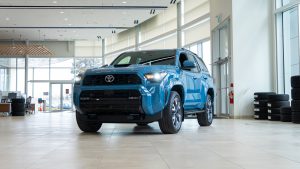Ever had a new dash light pop up and wondered what it meant? With so many types of dash lights it can be easy to get confused, but it’s important not to ignore them. Your vehicle’s dashboard lights serve as critical indicators of your car’s health and your safety. Let’s go over what the most common dash lights mean and what to do when they show up!

1. Check Engine Light (CEL)
The check engine light is one of the most important warning lights. It can indicate a wide range of issues, from minor problems like a loose gas cap to more serious issues like a malfunctioning catalytic converter. If your check engine light is flashing, you should stop driving your vehicle and get it towed to a dealership to resolve the issue.
What to Do:
Get It Diagnosed: As soon as the check engine light comes on, have your vehicle diagnosed by a professional mechanic. Birchwood offers comprehensive diagnostic services to pinpoint the exact issue.
Address the Problem: Based on the diagnostic results, address the necessary repairs immediately to avoid further damage to your engine.
Read more: Why is Your Check Engine Light On: Common Reasons

2. Oil Pressure Warning Light
This light indicates a loss of oil pressure, which can lead to severe engine damage if not addressed promptly.
What to Do:
Check Oil Level: Immediately check the oil level and top it up if necessary.
Inspect for Leaks: Look for any signs of oil leaks under your vehicle.
Seek Professional Help: If the light remains on after topping up the oil, have your vehicle inspected by a technician to determine if there’s a more serious issue with the oil pump or pressure system.
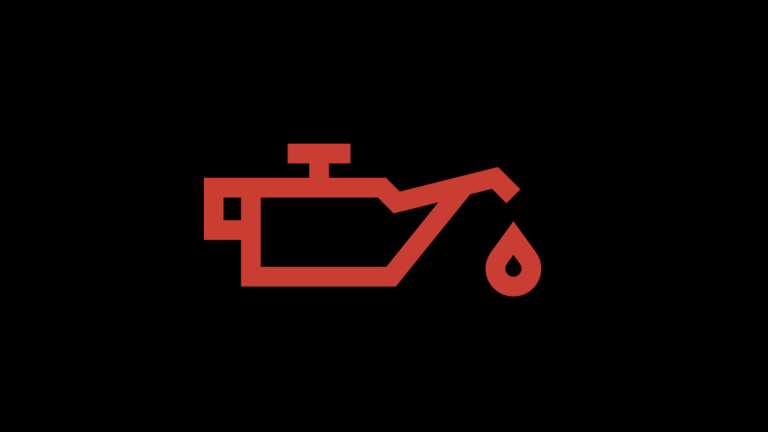
3. Battery Warning Light
This light indicates a problem with the vehicle’s charging system and battery. It could mean the battery isn’t charging properly or there’s an issue with the alternator. Even if your vehicle is working fine, it’s important not to ignore the battery warning light because it could lead to a long-term battery issue.
What to Do:
Check Battery Connections: Ensure the battery terminals are clean and properly connected.
Test the Battery: Have the battery tested to determine if it needs to be replaced.
Inspect the Alternator: If the battery is fine, the issue might be with the alternator or another part of the charging system, which a technician should check.

4. Brake Warning Light
This light can indicate several issues, including low brake fluid levels, a problem with the brake system, or that the parking brake is engaged.
What to Do:
Check Brake Fluid: Ensure the brake fluid is at the proper level.
Inspect Brake Components: Have a professional inspect the brake pads, rotors, and other components for wear and damage.
Don’t Drive: If the brake light is on and the brakes feel spongy or unresponsive, do not drive the vehicle and seek immediate assistance.
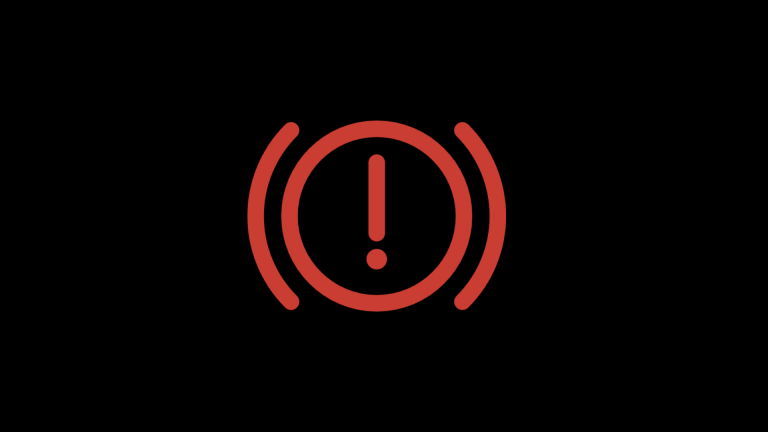
5. Tire Pressure Monitoring System (TPMS) Light
This light indicates that one or more of your tires are significantly under-inflated, which can lead to poor handling, reduced fuel efficiency, and increased tire wear.
What to Do:
Check Tire Pressure: Use a tire gauge to check the pressure of all tires and inflate them to your manufacturers recommended levels. Fun fact, you can find the recommended tire pressure on a sticker inside the driver side door!
Inspect for Damage: Look for any signs of punctures or damage to the tires.
Reset the TPMS: After adjusting the tire pressure, reset the Tire Pressure Monitoring System (TPMS) if your vehicle requires it.
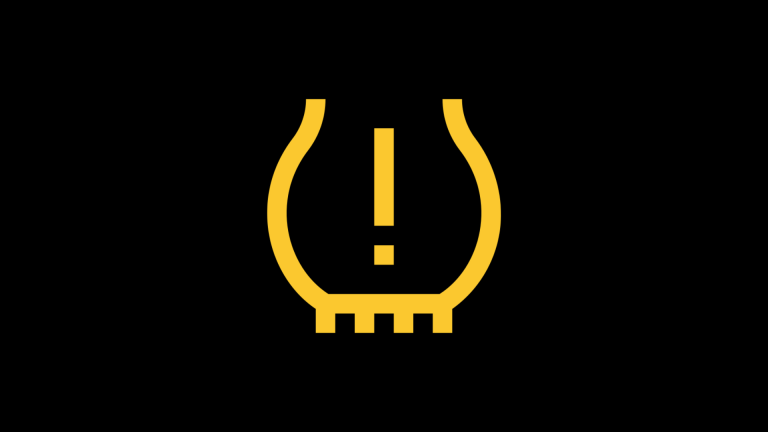
6. Coolant Temperature Warning Light
This light indicates that the engine is overheating, which can cause severe damage if not addressed immediately. It can be caused by a broken water pump, low radiator coolant levels, or damage to your radiator.
What to Do:
Pull Over Safely: Turn off the engine and allow it to cool down.
Check Coolant Level: Once the engine has cooled, check the coolant level and top it up if necessary.
Inspect for Leaks: Look for any leaks in the cooling system.
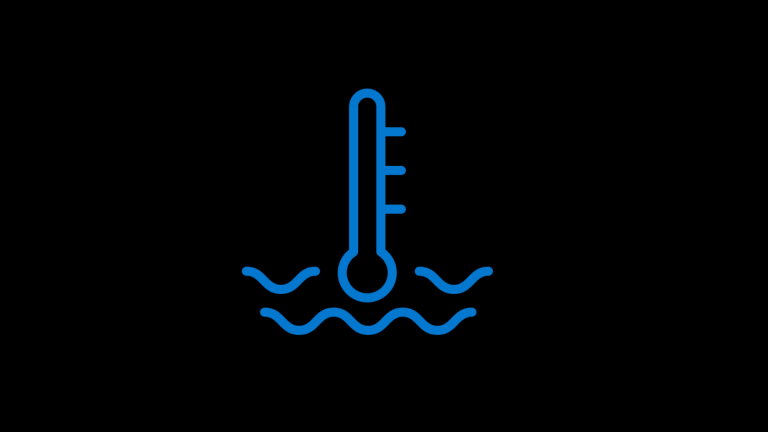
7. Traction Control or Stability Control Warning Light
This light indicates that the vehicle’s traction control or stability control system is not functioning properly.
What to Do:
Drive with Caution: Be extra cautious, especially in slippery conditions.
Get It Checked: Have the system inspected by a professional to determine the cause and get it repaired.
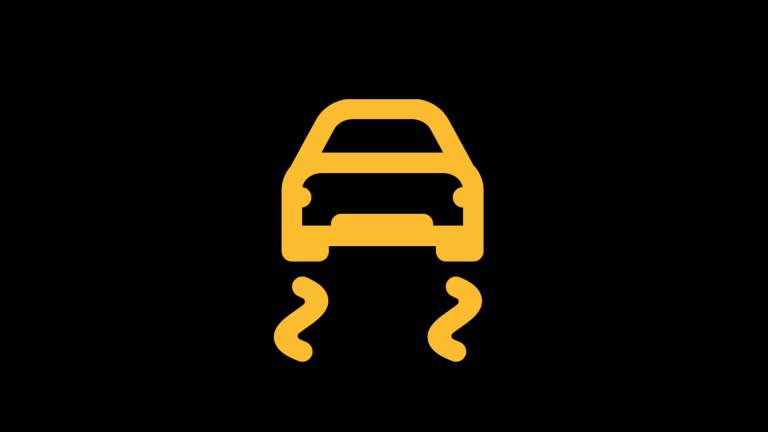
8. ABS Warning Light
The Anti-lock Braking System (ABS) light indicates a problem with the ABS, which helps prevent the wheels from locking up during braking.
What to Do:
Drive Cautiously: While your regular brakes will still work, the ABS system may not function properly.
Get It Inspected: Have the ABS system inspected by a professional to determine the cause of the issue and get it repaired.
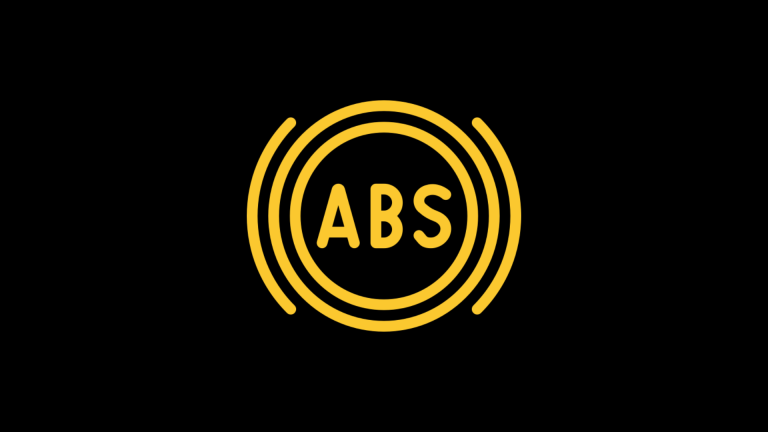
9. Airbag Warning Light
This light indicates a problem with the airbag system, which may not deploy in the event of a crash.
What to Do:
Seek Immediate Repair: Have the airbag system inspected and repaired by a professional as soon as possible to ensure your safety.
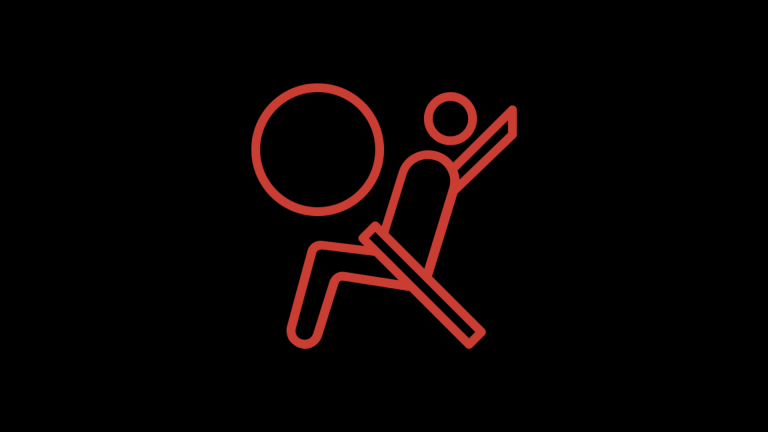
Understanding your vehicle’s dashboard lights and knowing how to respond can prevent minor issues from becoming major problems. Regular maintenance and prompt attention to warning lights are essential for your vehicle’s longevity and your safety. Birchwood’s expert technicians are here to help with diagnostics, repairs, and routine maintenance to keep your vehicle running smoothly!
